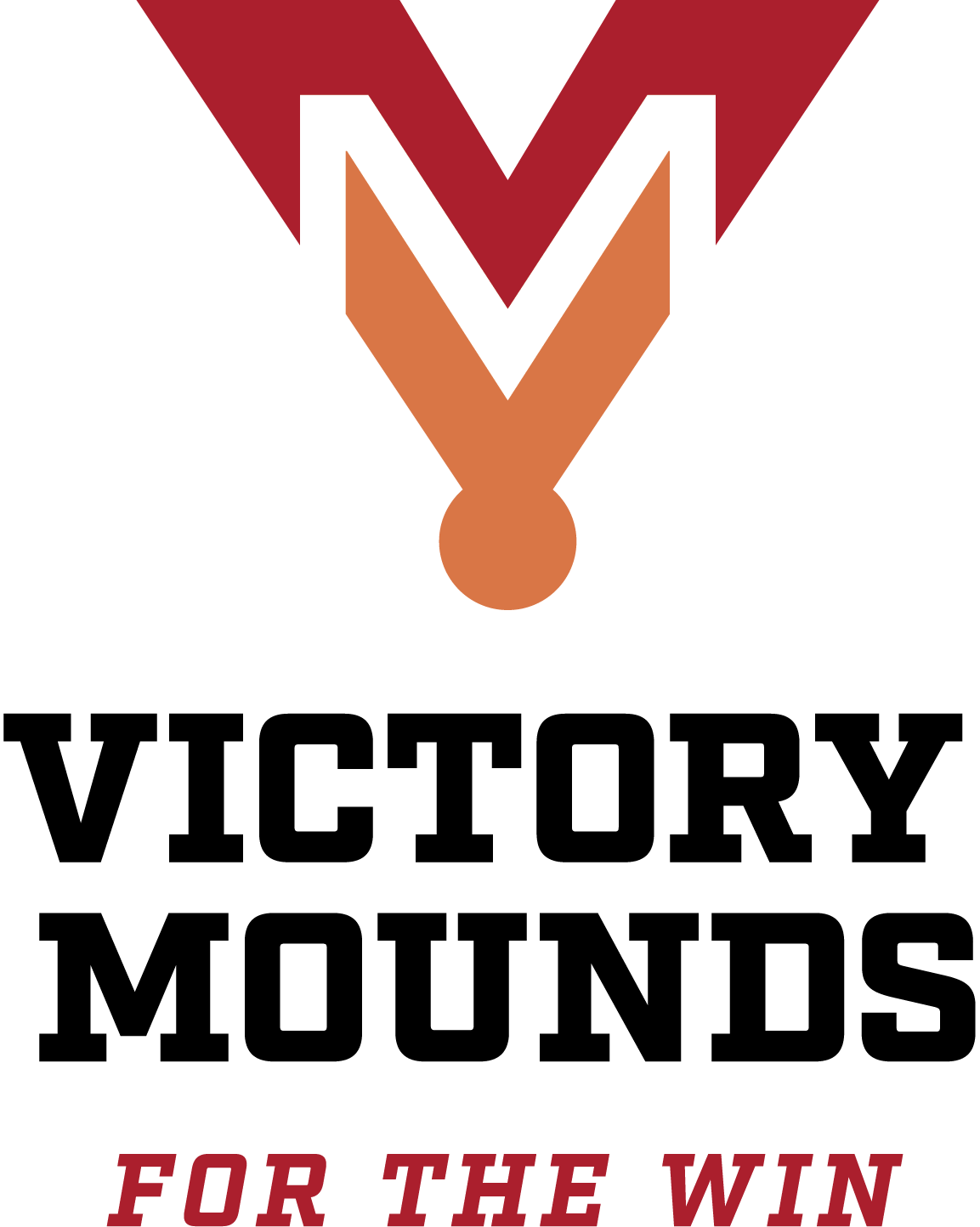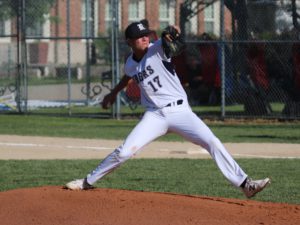If you’re serious about baseball, pitching and improving your skills, you need a portable pitching mound.
Whether you’re a coach or a high-end hurler, it’s one of the best ways to get the extensive practice you need to fine-tune your delivery. If you’re a manager or a pitching coach, you know the value of a portable pitching mound when it comes to building a successful staff.
That mound also has to be authentic. It needs to replicate the dimensions of the game mound down to the last inch, and it also has to be durable and well-made. With all of that in mind, let’s take a look at what goes into making a great pitching mound and give you all the facts and information you need to buy the best one possible.
How Long Should a Portable Pitching Mound Be?
In many ways, the length of your portable pitching mound is the most important dimension. Why? Because pitchers need room to extend when they develop they make their deliveries, and they need a safe place to land during their follow through.
But the exact length of a portable pitching mound also varies depending on the age of the players and the skill level of the specific league they’re in, so let’s start there.
Field Dimensions, the Pitcher Mound and the Pitching Rubber
- Youth league dimensions. The typical youth league mound is six inches tall. It’s designed for players 12 and under, and the basic goal is to get younger players used to pitching off a raised surface while they develop arm strength and hone their delivery.
- What’s the right length number? Different manufacturers have different standards, but normally you can expect a portable mound for this level of be at least 72 inches long.
- The landing area. Some companies make mounds with narrower landing areas. The goal with a narrower landing area is to make sure a pitcher is stepping straight toward home plate with every pitch.
Eight Inch Portable Pitching Mounds
Now let’s go up a level. When players turn 13 they typically graduate from whatever youth league they’re playing in, and that means going up to a bigger mound as well.
The size jump is from 6 to 8 inches, and at 13 that’s a significant jump. That means the landing area has to be larger, which generally means a length of about 96 inches.
It takes time to master this length. Many pitchers tend to over-stride when they get on an eight-inch mound, which means they need plenty of repetitions to keep their stride at the right length.
At this level, the longer portable pitching mound gives them room to make mistakes without risking injuries. It also allows coaches to make quick, accurate corrections, which saves time and speeds development.
The Jump to the Ten Inch Round Portable Mound
The 10-inch mound represents the final jump for a young player. Pitchers usually start using this kind of mound in high school, and there are other features designed to help them make the transition to 10 inches.
Specifically, we’re talking about a longer landing area. Once again, the size may vary according to the manufacturer, but as a general rule we’re talking about something in the 135-140 inch range.
This feature helps young hurlers make the transition include a shock-absorbing landing area. This is necessary because pitchers are larger when they reach the upper levels, which means they’re generating more force when they land.
These mounds also feature an extra layer of artificial turf. This does two things:
- Offer a non-stick surface. This kind of surface prevents slippage so pitchers can stick the landing with every pitch.
- Provide portable mound protection. The turf also protects the mound landing area itself. This makes the portable pitching mound more durable, which means it will last longer. That translates to money savings over time, as well as a familiar, broken-in product that pitchers will love to use for practice.
- Repeatability. In addition to being durable, it’s important to make sure the surface stays consistent as the portable pitching mound gets older.
The added turf helps make sure there aren’t spots and scuffs in the material, which means pitchers will be using the same surface when they go through high school and college.
It is possible to replace the extra turf, though, which gives both coaches and players some options when it comes to extending the life of a portable pitching mound and plate distance jump to 60 feet, 6 inches.
Other Portable Pitcher Mound Dimensions
While the length of a portable pitching mound is important, it’s not the only dimension that matters.
Portable pitching mounds have to replicate the exact dimensions of a regulation mound, both in youth league and as pitchers climb the skills ladder.
At the highest level, the pitcher’s mound area should measure 18 feet in diameter. The flat area around the mound, which is referred to as the table, has to be exactly 5 feet wide by 34 inches deep.
Now let’s talk about the pitcher’s rubber, which is also known as the pitcher’s plate in old-school vernacular. It has to be exactly 6 inches deep and 24 inches long, and the pitcher mound has to be anchored in both the game mound and the portable pitching mound to prevent slippage and accidents.
The Victory Mounds Portable Mound Solution
Now that you know the basics, it’s time to get the best portable pitching mound on the market from Victory Mounds. We’ve been making these mounds for years, and we also make other kinds of baseball equipment, so our level of expertise is unparalleled.
When you contact us, though, we won’t just tell you how great our products are. We’ll answer any questions you might have, and we’ll ask a few of our own so we can learn about your baseball program and make the best recommendation possible.
Not only that, you’ll see the results on the field. Your players will develop faster and perform better, so go to VictoryMounds.com to learn more about our products, then call us at 800 835 9460. If you’d prefer to email, you can contact is at info@victorymounds.com.

